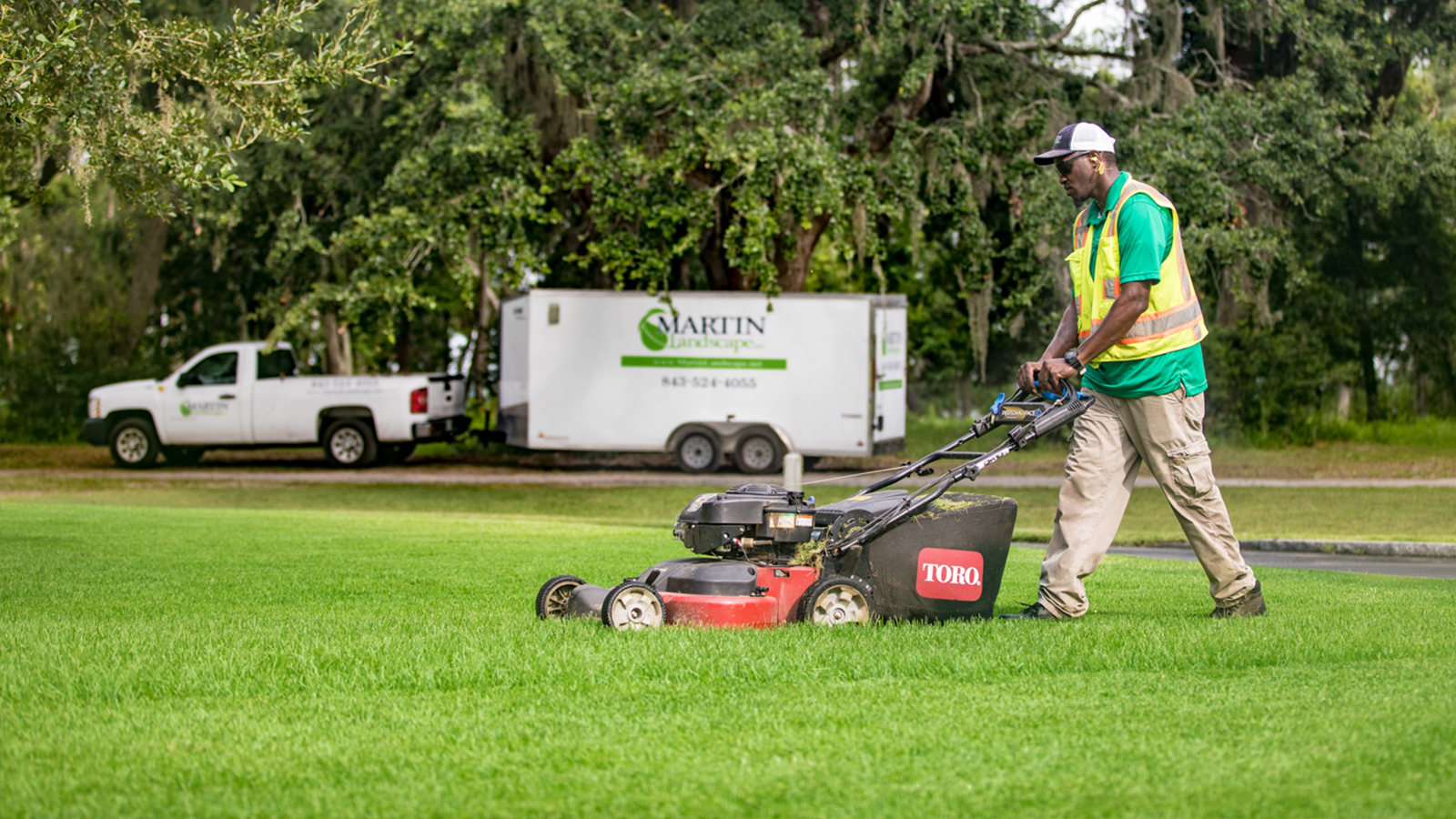How to Create a Low-Maintenance Garden
Learn the essential steps to create a low-maintenance garden that thrives with minimal effort, from plant selection to smart design strategies.

Selecting the Right Plants
Creating a low-maintenance garden starts with selecting the right plants. Opt for native plants that are well-adapted to your local climate and soil conditions. Native plants typically require less water, fertilizer, and pest control, making them easier to care for. Additionally, choose perennials over annuals, as perennials come back year after year, reducing the need for replanting. Some great low-maintenance options include succulents, ornamental grasses, and shrubs. These plants not only thrive with minimal care but also add texture and visual interest to your garden.
Efficient Watering Systems
One of the keys to a low-maintenance garden is an efficient watering system. Drip irrigation and soaker hoses are excellent choices as they deliver water directly to the roots, minimizing evaporation and reducing water waste. Consider installing a rain barrel to collect rainwater, which can be used to irrigate your garden. Mulching your garden beds can also help retain moisture and reduce the frequency of watering. By setting up an efficient watering system, you can save both time and resources while keeping your plants healthy.
Mulching for Weed Control
Weeds can quickly turn a beautiful garden into a maintenance nightmare. To keep weeds at bay, apply a thick layer of mulch around your plants. Mulch not only suppresses weeds but also helps retain soil moisture and regulate temperature. Organic mulches like bark chips, straw, or compost gradually break down and improve soil fertility. Inorganic mulches such as gravel or landscape fabric are also effective and require less frequent replenishment. By mulching your garden, you can significantly reduce the time spent on weeding and watering.
Simplifying Garden Design
A well-thought-out garden design can greatly reduce maintenance tasks. Opt for a simple layout with large planting areas rather than numerous small beds. Group plants with similar water and sunlight needs together to streamline care. Incorporate hardscaping elements like patios, walkways, and rock gardens to reduce the amount of space that needs to be planted and maintained. Using raised beds can also make gardening easier by improving drainage and reducing the need for bending and kneeling. By simplifying your garden design, you can create a beautiful and low-maintenance outdoor space.
Using Ground Covers
Ground covers are an excellent way to reduce maintenance in your garden. These low-growing plants spread to cover the soil, suppressing weeds and reducing the need for mulching. Some popular low-maintenance ground covers include creeping thyme, sedum, and ajuga. Ground covers also help retain soil moisture and prevent erosion. In addition to their practical benefits, they add a lush, green carpet to your garden, enhancing its aesthetic appeal. By incorporating ground covers, you can cut down on weeding and watering while creating a more cohesive look.
Minimal Lawn Care
Lawns can be one of the most time-consuming parts of garden maintenance. To create a low-maintenance garden, consider reducing the size of your lawn or replacing it with low-maintenance alternatives. Clover lawns, for example, require less mowing, watering, and fertilizing compared to traditional grass lawns. Another option is to replace grass with ornamental grasses, ground covers, or hardscaping. If you prefer to keep a traditional lawn, choose a drought-tolerant grass variety and set your mower blades higher to encourage deep root growth. By minimizing lawn care, you can enjoy a beautiful garden with less effort.